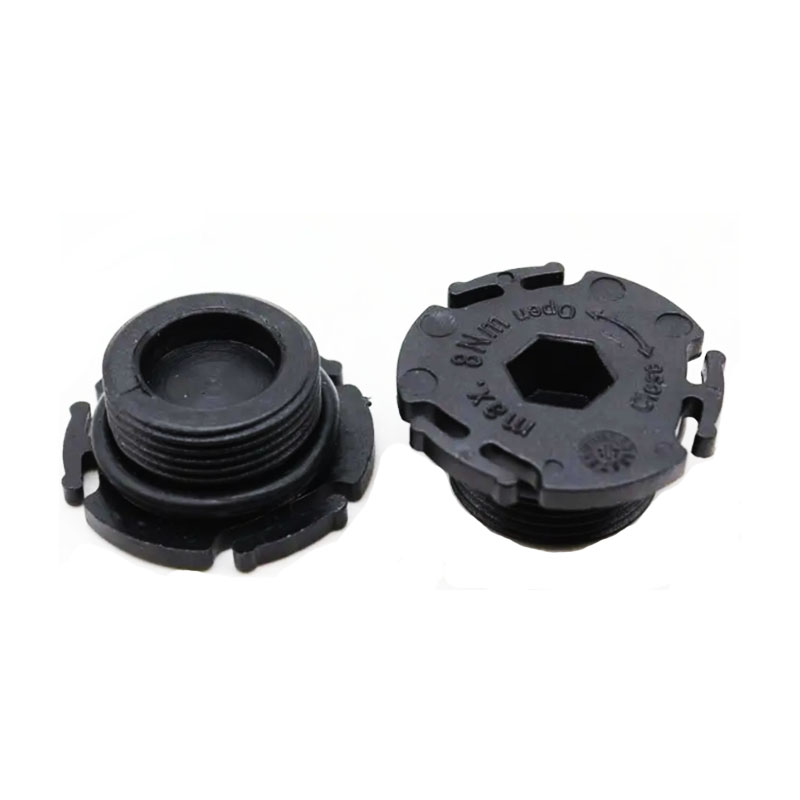rear tail shaft seal
Understanding Rear Tail Shaft Seals Importance and Maintenance
The rear tail shaft seal is a crucial component in the drivetrain of a vehicle. It is designed to prevent fluid leaks from the tail shaft, which connects the transmission to the driveshaft in rear-wheel-drive and all-wheel-drive vehicles. This small yet significant part plays an integral role in ensuring efficient power transfer from the engine to the wheels, thereby impacting vehicle performance and longevity.
Function of the Rear Tail Shaft Seal
The primary function of the rear tail shaft seal is to keep transmission fluid contained within the tail shaft housing. This fluid is essential for lubricating the components involved in the driveline, helping to reduce friction and wear. If this seal fails, it can lead to fluid leaks that not only compromise lubrication but can also lead to more severe mechanical failures and costly repairs. Over time, if not addressed, a failing seal can result in contamination of the transmission fluid, negatively impacting the entire drivetrain system.
Signs of a Failing Rear Tail Shaft Seal
Identifying a failing rear tail shaft seal early can save significant repair costs and prolong the life of your vehicle. One of the most common indicators is fluid leakage. If you notice puddles of reddish or brownish fluid under your vehicle, it may be a sign that the tail shaft seal is leaking. Additionally, you might experience unusual noises coming from the drivetrain, such as grinding or whining sounds, which often indicate insufficient lubrication. Another sign to watch for is a noticeable drop in transmission fluid levels, which can lead to transmission overheating and failure if not promptly addressed.
rear tail shaft seal

Causes of Seal Failure
There are several reasons why a rear tail shaft seal may fail. One common cause is wear and tear over time, as seals are subject to constant movement and pressure. Exposure to heat and environmental contaminants can also degrade the material of the seal. Improper installation during repairs can lead to misalignment or damage, exacerbating the problem. Moreover, the use of incorrect types of transmission fluid can accelerate seal degradation, highlighting the importance of following manufacturer specifications.
Maintenance and Prevention
Preventive maintenance is key when it comes to extending the life of your rear tail shaft seal. Regularly inspecting the drivetrain for signs of wear or leaks is essential. Keeping the transmission fluid at the recommended levels and ensuring it is clean can also help optimize performance and prevent premature seal failure. Additionally, when performing drivetrain repairs, it is crucial to have a trained technician install the tail shaft seal to avoid potential pitfalls associated with improper installation.
Conclusion
In conclusion, the rear tail shaft seal may be a small component, but its role in the overall functionality of a vehicle is significant. Understanding its function, recognizing the signs of potential failure, and committing to regular maintenance can help vehicle owners prevent costly repairs and ensure a smooth driving experience. By paying attention to this critical part of the drivetrain, you can help maintain the health and longevity of your vehicle.
-
Understanding Automotive Oil Seals: Essential Components for Engine and Shaft Protection
News Jul.30,2025
-
The Importance of Heavy Duty Seals in Industrial and Residential Applications
News Jul.30,2025
-
Exploring Industrial Oil Seals: From Felt Oil Seals to TTO and CFW Solutions
News Jul.30,2025
-
Essential Guide to Oil Seals: From Radial to Metal-Cased Seals for Industrial Reliability
News Jul.30,2025
-
Choosing the Right Oil Seals and Gaskets for Industrial and Automotive Applications
News Jul.30,2025
-
Cassette Seals: Durable Sealing Solutions for Harsh Environments
News Jul.30,2025
-
Understanding the Front Main Engine Seal: Purpose, Maintenance, and Installation
News Jul.29,2025
Products categories















